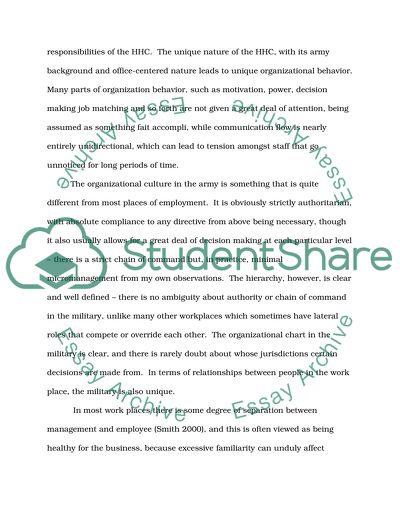Cite this document
(“Organizational Behavior in a Headquarters Company of the United States Research Paper”, n.d.)
Retrieved from https://studentshare.org/psychology/1400122-organizational-behavior-analysis
Retrieved from https://studentshare.org/psychology/1400122-organizational-behavior-analysis
(Organizational Behavior in a Headquarters Company of the United States Research Paper)
https://studentshare.org/psychology/1400122-organizational-behavior-analysis.
https://studentshare.org/psychology/1400122-organizational-behavior-analysis.
“Organizational Behavior in a Headquarters Company of the United States Research Paper”, n.d. https://studentshare.org/psychology/1400122-organizational-behavior-analysis.


